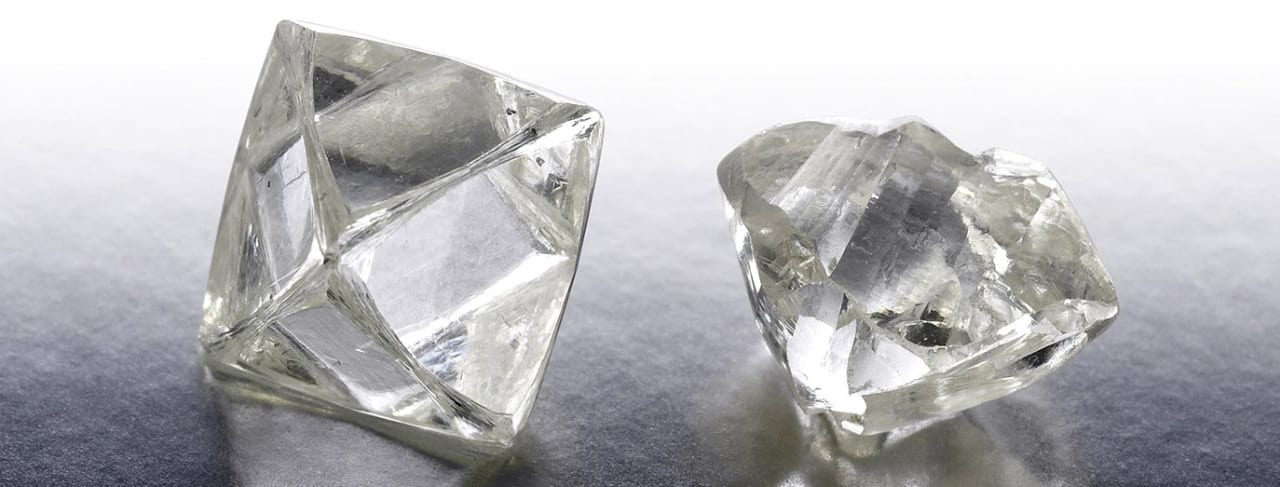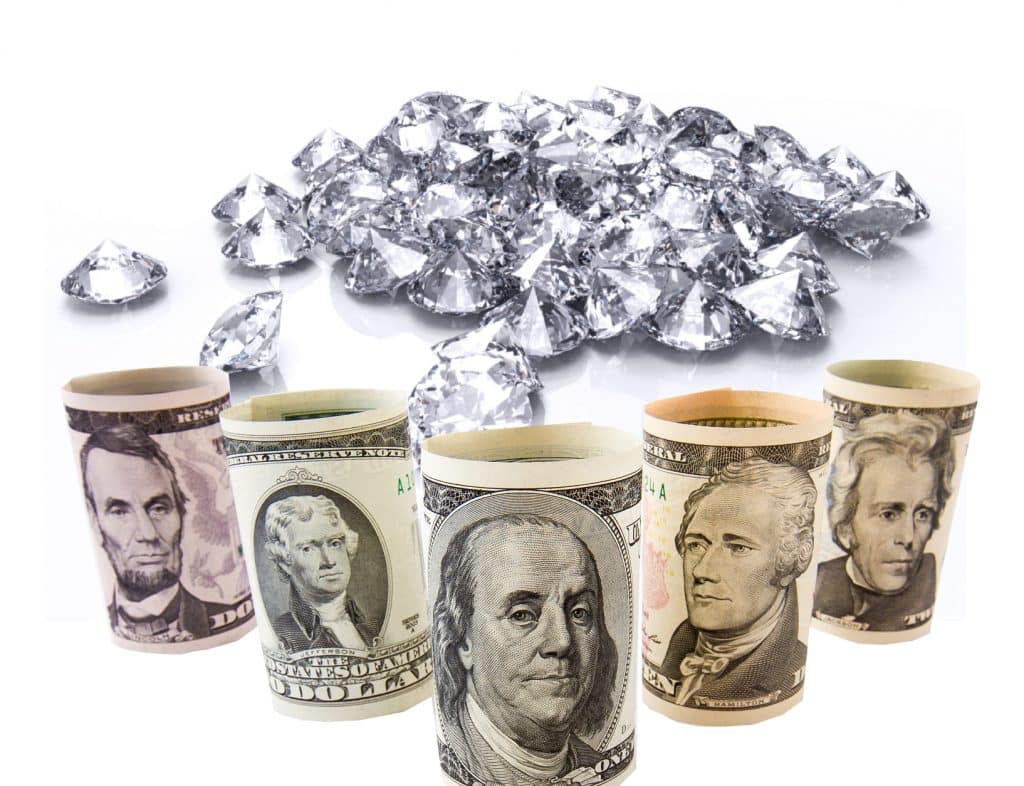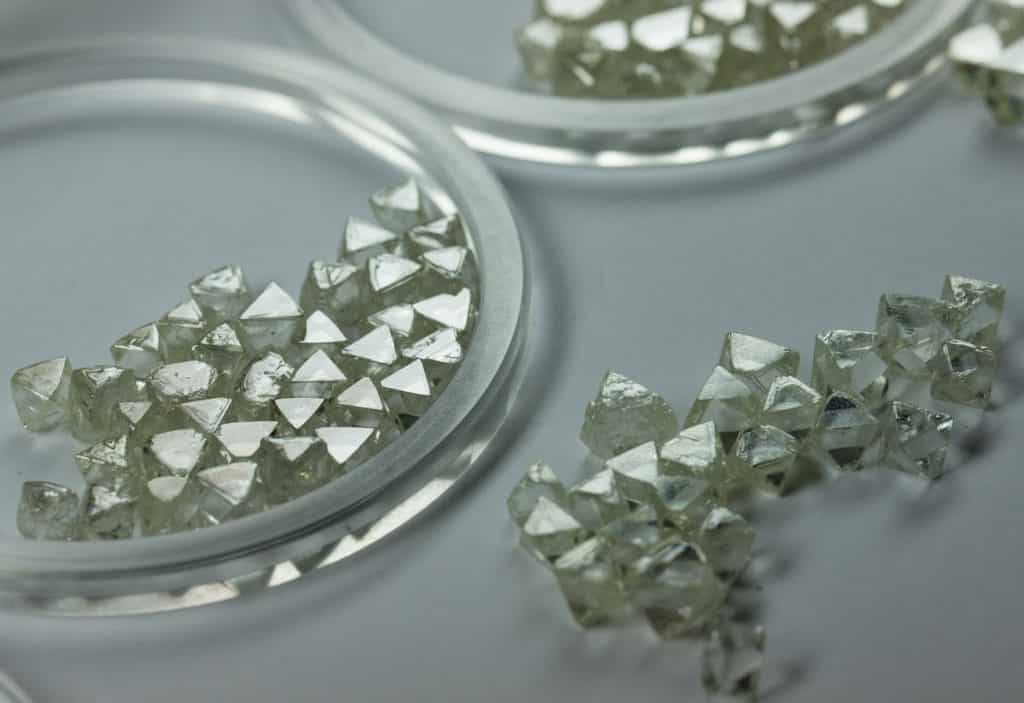In such a situation the financial services firm report had stated, prices of natural melee would be impacted, but there would be no discernable influence on the price of larger-sized diamonds.
SECOND-LEAGUE ROUGH PRODUCERS FEEL THE HEAT
In its 2016 report, Morgan Stanley had forecast that diamond miners would not only see their bottom lines affected by the low price of melee, but also marketing costs, which will be driven upward by the need to differentiate natural diamonds from synthetics in the eyes of consumers. This, it was suggested, could come to equal 10 percent of income.












